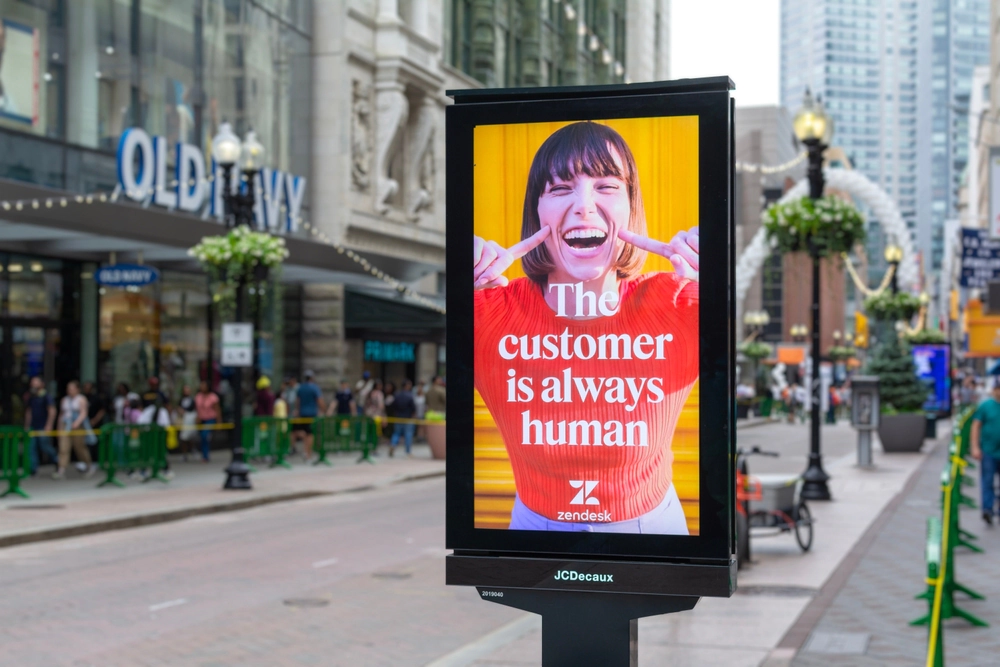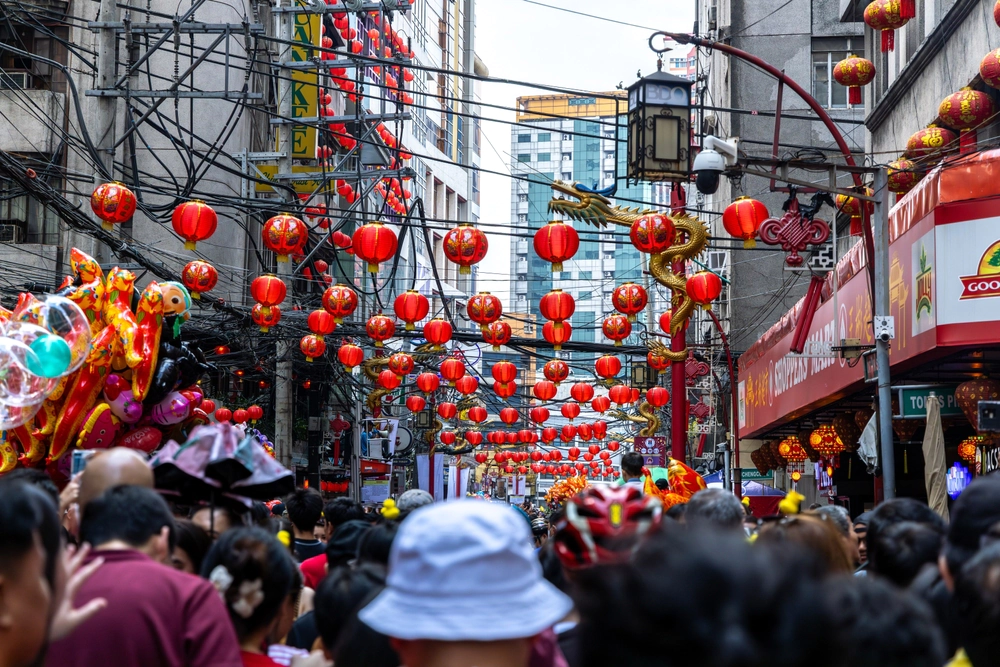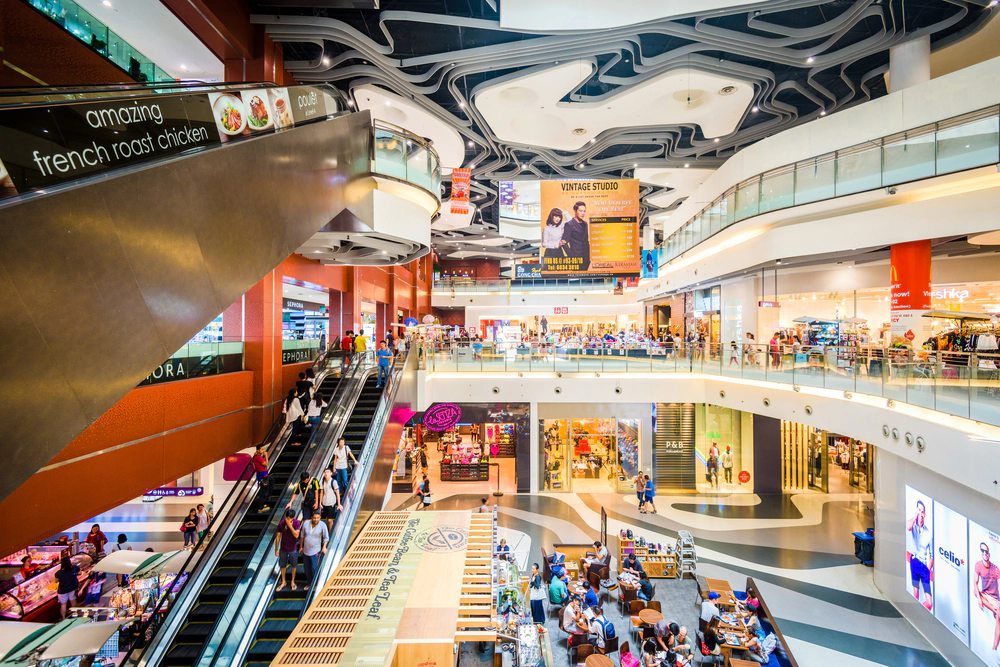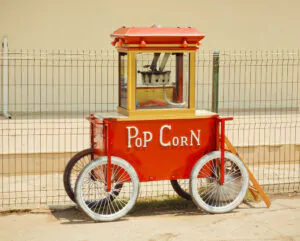For many aspiring entrepreneurs, choosing the right franchise location in the Philippines is just as important as picking the right brand.
A franchise can have a proven business model, recognizable branding, and established products, but without the right location, growth will be limited. That’s why selecting where to put your business is a decision that can make or break your success.
This article explores the factors in selecting the best location to open a franchise. We’ll also share some tips and profitable ideas about retail franchises to ensure return on investment.
What is a Franchise Location?
A franchise location refers to the physical site where a franchise business operates. It determines how easily customers can access the store, how visible the brand is, and how profitable the outlet can be.
Why Location Matters in Franchising
In the retail sector, the old saying still applies: “location, location, location.” No matter how strong the brand, your franchise must be positioned where customers naturally go. The placement of your store influences everything from daily customer volume to brand perception.
For example, a store in a bustling commercial hub signals accessibility and convenience, while one tucked away in a hard-to-reach area risks being overlooked, no matter how great the product or service may be.
In the Philippines, this means considering factors such as traffic patterns, community demographics, and even the culture of shopping in malls versus neighborhood centers.

Understanding Your Target Market
Before choosing down possible locations, you must first identify your customer. Ask yourself:
- Who is my primary customer: students, office workers, families, or commuters?
- What is their daily routine and purchasing behavior?
- Do they prefer malls, convenience stores, or high-street shops?
By knowing your audience, you’ll narrow down the best places to open retail franchise outlets. For example, a milk tea franchise catering to Gen Z might thrive in a university belt, while a home improvement franchise would perform better in suburban residential areas.
Types of Franchise Locations
Once you’ve defined your customer, the next step is to understand the different types of locations available. The Philippines offers diverse options for franchise placement, each with unique advantages and challenges:
| Location Type | Description | Advantages | Challenges | Best Suited For |
| Mall Kiosks | Small retail spaces within shopping malls | – Lower rental cost vs. full stores- Access to high mall foot traffic- Strong impulse buying potential | – Limited space- Dependent on mall traffic- Restricted branding/display | Food, beverages, impulse-buy items (e.g., milk tea, snacks) |
| Stand-Alone Shops | Independent outlets along busy roads or in neighborhood centers | – Stronger brand visibility- Flexible store design- Lower rent than prime mall spaces | – Must secure parking, signage, and accessibility- Marketing effort is higher without mall traffic | Established brands with a loyal following |
| Regional Malls | Large malls in provincial growth areas | – Access to expanding provincial markets- Captures local and nearby town customers- Growing middle-class demand | – May require additional logistics- Competition with other expanding brands | Brands seeking nationwide expansion |
| Mixed-Use Developments | Communities integrating residential, office, and retail spaces | – Steady weekday & weekend traffic- Balanced mix of professionals and residents- Higher spending potential | – Higher rental costs- Limited availability of prime spots | Lifestyle brands, gyms, cafés, and premium services |
5 Factors to Consider in Choosing a Franchise Location
When assessing potential sites, this retail franchise location guide recommends evaluating these factors:
1. Foot Traffic and Accessibility
High traffic areas don’t always guarantee success. The right traffic must match your target customer. For instance, a bookstore franchise may not benefit much from commuter-heavy terminals but will thrive near schools.
Accessibility is also an important consideration. Check parking availability and proximity to jeepney or bus stops. Explore retail franchise trends to determine which formats work on commuter hubs, university belts, or residential communities.
2. Competition and Complementary Businesses
Competition isn’t always a disadvantage. Clusters of food outlets attract more diners, and a pharmacy near a clinic benefits from natural demand. Analyze whether your franchise adds value to the retail mix instead of being overshadowed.

3. Demographics
Population density, income level, and age profile of nearby residents or workers are critical. Tools like PSA data or local government statistics can guide you in identifying areas with sufficient demand.
4. Rent and Operating Costs
Rent should not exceed 10% to 15% of projected gross sales. High-rent malls may seem appealing, but unless your brand has premium pricing, margins may be squeezed.
5. Long-Term Growth
Consider the potential of the area in five to ten years. Infrastructure projects such as MRT expansions, road developments, and new residential projects can transform a location into a retail hub. NEDA’s infrastructure plans are valuable references when evaluating future growth areas.
Tips on How to Choose a Franchise Location in the Philippines
Most businesses usually provide a franchise location guide with minimum site requirements, but it’s always wise to do your due diligence. Here are five tips for choosing a franchise location:
1. Follow Foot Traffic, But Match it to Your Market
High foot traffic areas are attractive, but volume alone doesn’t guarantee sales. Always match the flow of people with your target customer profile. Browsing the list of opportunities in retail franchises can also reveal which formats best suit specific locations.
2. Look Beyond Competition
Similar businesses nearby often increase overall demand. What matters is standing out and building complementary connections, such as a coffee shop next to a bookstore.
3. Study Demographics and Lifestyle Habits
Identify who lives, works, or commutes through the area. Gen Z-heavy zones call for trendy F&B concepts, while suburban family communities lean toward groceries, hardware, and service-based franchises.

4. Balance Rent with Sales Projections
A prime location only works if rent doesn’t consume profits. Run the numbers and check if your brand’s pricing aligns with rental costs. It is essential to weigh the retail franchise benefits against the risks of overspending on rent or entering oversaturated areas.
5. Think Long-Term Growth, Not Just Current Demand
Today’s “quiet” location can be tomorrow’s retail hotspot. Watch out for infrastructure projects like new highways, subways, MRT extensions, or township developments. Early movers in these areas often enjoy lower rent and stronger brand loyalty.
Your Franchise Journey Starts with the Right Location
The right location connects your business with the right customers, community, and future growth opportunities. By carefully weighing traffic, competition, and long-term trends, you can maximize your franchise’s success.
Franchise PH makes this process easier by connecting you with top franchise opportunities nationwide. Let us help you find the ideal location so you can focus on growing your business. Contact us today to get started.







